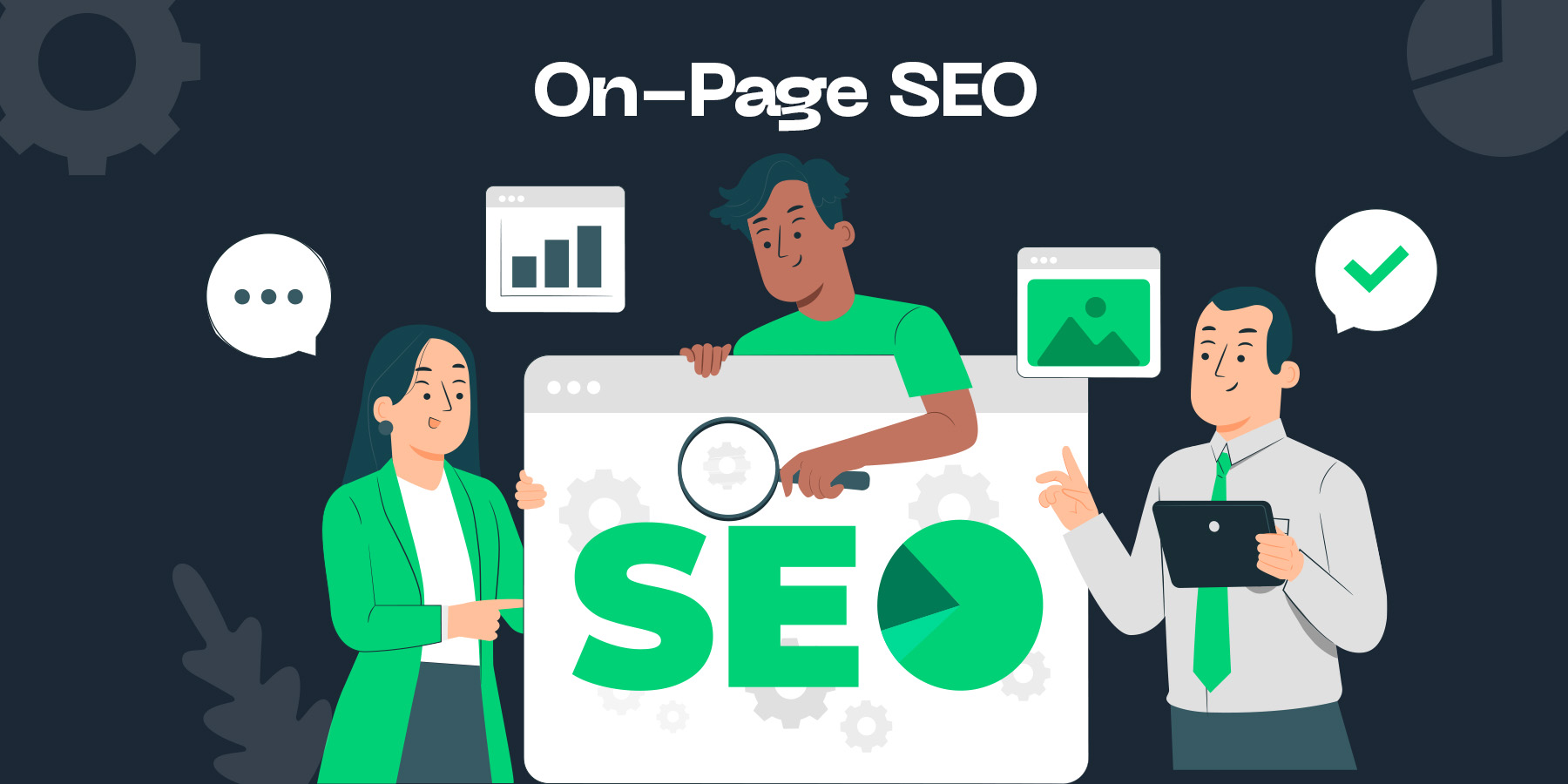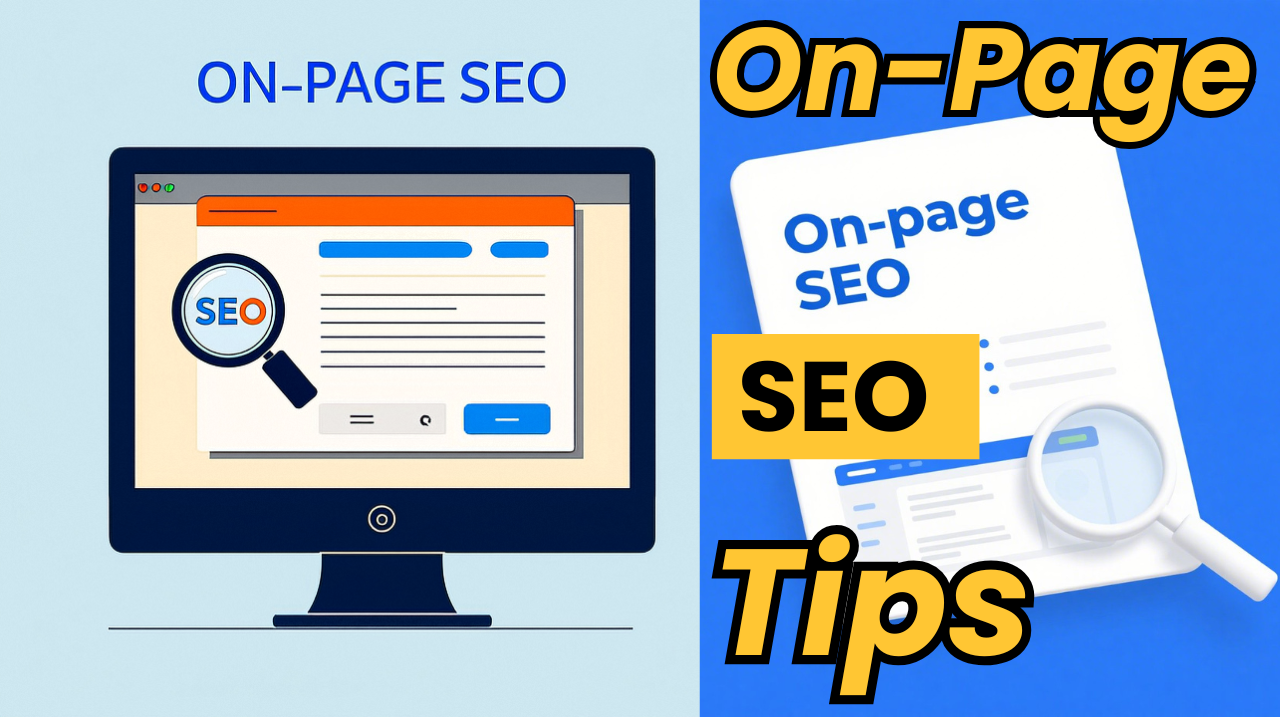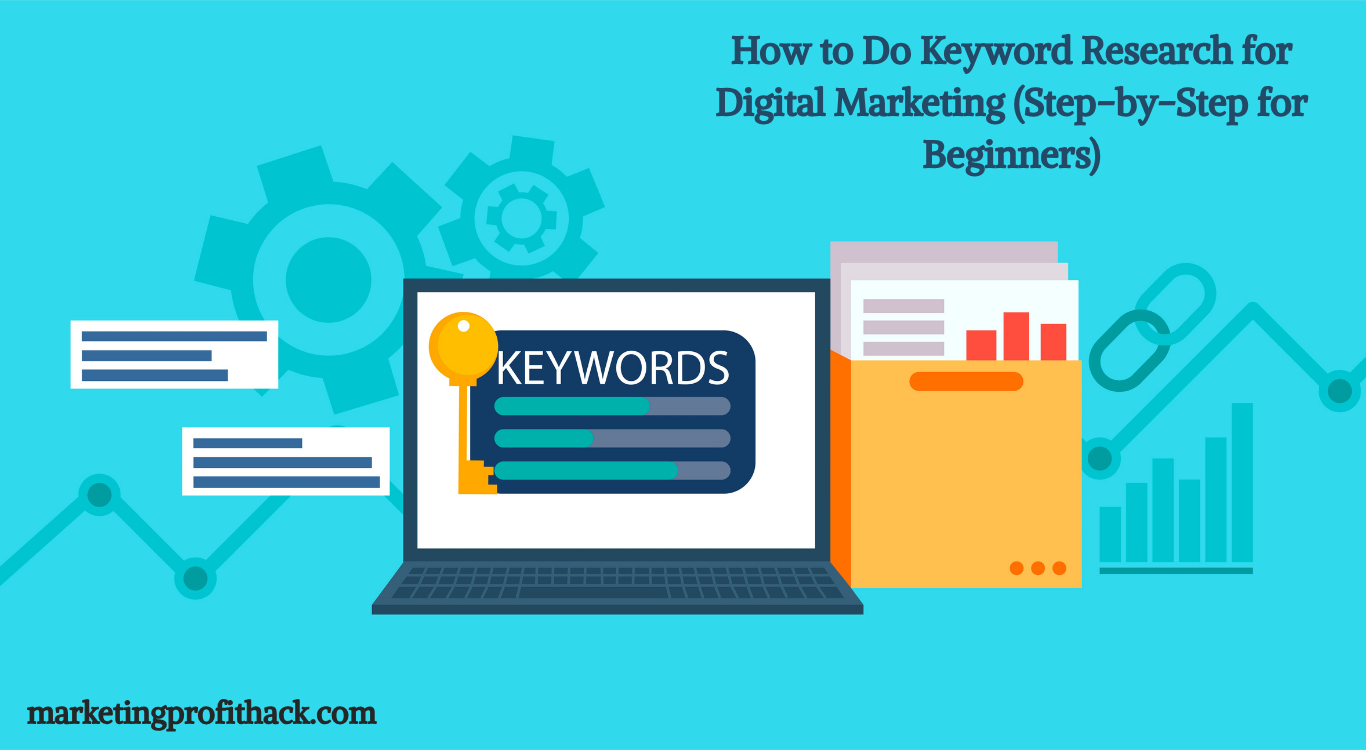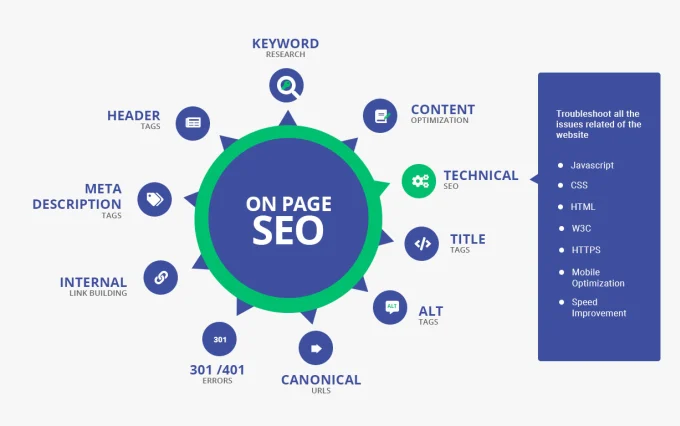On-Page SEO for Therapists: Titles, Headers, and Meta Tags That Connect Emotionally

Strong 8k brings an ultra-HD IPTV experience to your living room and your pocket.
As a therapist, your website isn’t just a digital brochure—it’s often the first step a potential client takes toward healing. But here’s the catch: if your site doesn’t show up on Google, they’ll never see it. And even if it does rank, if your page titles, headers, and meta descriptions feel robotic or generic, visitors might bounce before they even begin.
✍️ Understanding on-page SEO techniques is crucial in 2025. From schema markup to user experience signals, our in-depth guide shows how proper optimization not only improves search rankings but also builds trust with visitors, keeping them engaged longer on your site.
That’s where on-page SEO for mental health comes in.
In this guide, you’ll learn how to craft emotionally resonant titles, headers, and meta tags that not only please Google’s algorithm but also genuinely connect with people searching for support. Whether you’re a solo therapist, part of a group practice, or running an online counseling platform, these tips will help you attract, engage, and retain clients through powerful SEO techniques rooted in empathy.
What is On-Page SEO for Mental Health?
On-page SEO refers to everything on your website that affects how well it ranks on search engines. This includes page titles, headers (H1, H2, etc.), content structure, internal linking, images, meta descriptions, and more.
For mental health professionals, on-page SEO for therapists means optimizing these elements to rank for terms like:
- online anxiety therapy
- grief counseling near me
- SEO for mental health
- trauma therapist in [city]
But here’s the twist: it’s not just about stuffing in keywords. It’s about doing it in a way that feels human, warm, and aligned with the emotional needs of your clients.
Why On-Page SEO Matters for Mental Health Websites
Google’s algorithms are getting better at understanding context and intent. At the same time, people looking for therapy are making highly emotional decisions. That’s why your headlines and metadata need to hit both marks optimized for search and optimized for emotional resonance.
Consider this stat: according to the Search Engine Journal, over 53% of website traffic comes from organic search. If your on-page SEO isn’t dialed in, you’re leaving money—and impact—on the table.
Step 1: Write Emotionally Resonant Page Titles (That Also Rank)
Your page title (also known as the title tag) is what appears in search engine results and browser tabs. It’s a make-or-break moment—often the first impression a user gets of your website.
Here’s how to craft titles that work:
✅ Include Primary Keywords
Make sure each title includes a clear keyword like “SEO for mental health,” “grief counseling,” or “anxiety therapy.”
✅ Keep It Under 60 Characters
Google typically truncates anything longer than that.
✅Add an Emotional Hook
This is where most therapist websites fall short. Go beyond clinical terms. Add a phrase that speaks to the reader’s pain or hope.
Examples:
- “Anxiety Therapy That Helps You Feel Safe Again – Book Today”
- “Grief Counseling in Chicago – You Don’t Have to Go Through This Alone”
- “Online Therapy for Burnout – Start Healing from Home”
Every single one includes a keyword and speaks to an emotion.
Step 2: Use Headers (H1, H2, H3) for Structure & Connection
Headers are more than formatting tools. They help Google understand your content and help readers stay with you.
✅ Use One H1 per Page
Your H1 should include the primary keyword and set the emotional tone of the page.
Example:
“Trauma Therapy That Helps You Reclaim Your Peace”
This works better than:
“Our Services” or “Therapy Options”
✅ Break Up Content with H2s and H3s
Use headers to guide the reader. If someone’s anxious or depressed, they’re likely skimming. Break up your content with thoughtful subheadings like:
- “Why This Therapy Works”
- “Is This the Right Fit for You?”
- “Start Feeling Better in 3 Steps”
Don’t forget to weave in relevant keywords like “SEO for mental health,” “counseling techniques,” or “virtual therapy sessions.”
Step 3: Optimize Meta Descriptions to Encourage Clicks
Your meta description is the short snippet that appears under your page title in search results. It doesn’t directly impact rankings, but it does affect click-through rates.
Think of it like a movie trailer for your page.
✅ Keep It Under 160 Characters
That’s the sweet spot before Google cuts you off.
✅ Use a Call-to-Action (CTA)
Invite the reader to take action: “Book now,” “Learn more,” “Talk to someone today.”
✅ Empathy Is Everything
This is your chance to show that you get it.
Examples:
- “Feeling overwhelmed? Our anxiety specialists offer therapy that fits your schedule and your story.”
- “Struggling with trauma? Safe, licensed therapists are here to help you heal.”
Both are keyword-friendly and emotionally intelligent—key to good SEO for mental health practices.
Step 4: Use Keywords Strategically (Not Excessively)
Let’s be clear: keyword stuffing is dead. But you do need to use your keywords (like SEO for mental health) naturally and consistently across:
- Titles
- Headers
- First 100 words of your content
- Image alt texts
- Meta descriptions
- URL slugs
- Internal links
Aim for 1–2% keyword density, but don’t force it. Write for humans, optimize for search engines.
Step 5: Use Internal Links to Boost Site Authority
Linking to other relevant pages on your website helps Google understand your site structure and keeps visitors engaged.
Example:
“If you’re looking to attract more local clients, check out our guide to local SEO for therapists.”
Internal links also provide pathways for readers to explore more of your expertise, which increases trust.
Mistakes Therapists Should Avoid in On-Page SEO
Generic Titles like “Home” or “Welcome” – These tell Google nothing.
- Keyword Stuffing – “Therapy therapy therapy” won’t help you rank.
- Overuse of Clinical Jargon – If your headline says “CBT Modalities for Affective Disorders,” you’ve already lost most readers.
- Missing Alt Text – Every image should have a descriptive alt tag using a relevant keyword.
Real-World Success: Therapist in Austin, TX
A therapist in Austin updated her site with:
- Targeted page titles like “Online Anxiety Therapy in Austin”
- Emotionally driven meta descriptions
- Clear H1s and subheadings
- Strategic keyword placement using “SEO for mental health”
Within 4 months, her organic traffic increased by 76%, and her calendar was fully booked 6 weeks out.
Tools That Make It Easier
You don’t need to do this all manually. Here are some SEO tools therapists can use:
- Yoast SEO (WordPress plugin) – Helps optimize titles and meta descriptions
- Surfer SEO – Great for content optimization and keyword density
- Google Search Console – Track performance and indexing
- Grammarly or Hemingway – For readability improvements
- CanIRank – AI-powered recommendations for better SEO
Final Thoughts: SEO Meets Compassion
On-page SEO doesn’t have to feel cold or technical. For therapists, it’s an opportunity to show up where people are searching, speak to their emotional needs, and invite them into a space of healing.
You don’t need to be a copywriting wizard. Just blend clarity with compassion. That’s the heart of SEO for mental health: showing up, being seen, and letting the right people know—“You’re not alone, and help is right here.”
Note: IndiBlogHub features both user-submitted and editorial content. We do not verify third-party contributions. Read our Disclaimer and Privacy Policyfor details.







